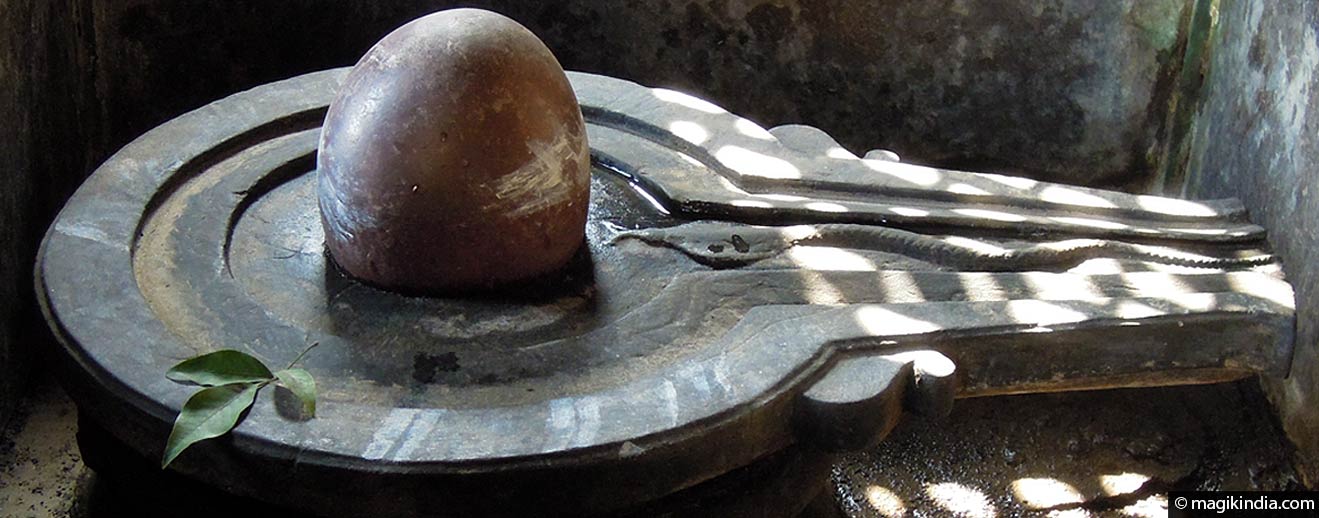
Shiva-lingam, the sign of Shiva
The ‘lingam’ or ‘Shiva-lingam’ is one of India’s most emblematic hindu representation, and one of the most powerful. Some theories trace the lingam back to the ancient fertility cults probably due to its phallic form. But though it is easy to jump to conclusions, it is a mistake to think of the Shiva lingam in purely sexual terms; The Sanskrit word lingam means ‘sign’ or ‘symbol’. So the literal meaning of Shiva lingam is ‘Shiva’s sign”. It is the symbolic form of the god Shiva, the divinity without form, the source of the universe, the infinite into which everything merges at the end of time.
Here are different approaches to understand what is the lingam.
The Shiva-lingam as a cosmic egg
“In the beginning was Hiranyagarbha, the seed of the elementary existence, the only Lord from where everything was born, he maintains heaven and earth. To what other God but Him, may we dedicate our lives? “(Atharva Veda)
According to the Brahmanda Purana, the Shiva lingam was originally egg-shaped, representing the universe. It is called Brahmanda, the cosmic egg (Brahman is Sanskrit for ‘cosmos’ or ‘expansion’ and anda means ‘egg’).
The Upanishads, Hinduism’s founding scriptures, speak of Hiranyagarbha which means ‘golden foetus’ or ‘golden belly’.
These scriptures hold that Hiranyagarbha floated in emptiness for a time, then broke into two to form Dyaus, the Sky, and Prithvi, the Earth. Thus the Hiranyagarbha gave birth to the universe and everything in it, including the masculine and feminine principles.
The idea of a cosmic egg can be found in many civilisations. In ancient Greece there was the Orphic egg, the Egyptians had the egg of the Ogdoad, etc.
The Shiva-lingam as union and creative energy
Some lingams are inserted into a cylindrical base called a yoni meaning ‘vagina’ in sanskrit. These Shiva lingams, or lingam-yonis, can be understood as the union of the two complementary poles, male and female.
This union is illustrated by a hindu myth. One day when Shiva and his consort Parvati were in their home on the peak of Mount Kailash, Parvati playfully covered Shiva’s eyes. For these gods it lasted a fraction of a second, but Earth was plunged in darkness for years. Parvati had to perform many austerities to win back Shiva’s trust, starting her penances in the Himalayas and finishing them on Arunachala Hill in South India. There Shiva appeared in a pillar of fire and light returned to the world. Shiva merged with Parvati to form Ardhanarishvara, a being that is half man, half woman.
At a more subtle level the Shiva lingam is the union of Prakriti (active energy) and Purusha (consciousness). Seen in this light the Yoni is primordial energy (Shakti or Devi) uniting with Divine Consciousness (the lingam or Shiva). Shakti allow consciousness to materialise, to become manifest. All things are created by this union and nothing can exist or change without it.
The lingam and yoni can also be regarded as the Earth (yoni) turning around the sun (lingam). The sun itself turns around other stars, creating its own yoni, and this repeats to infinity.

The Shiva-lingam and the Trimurti
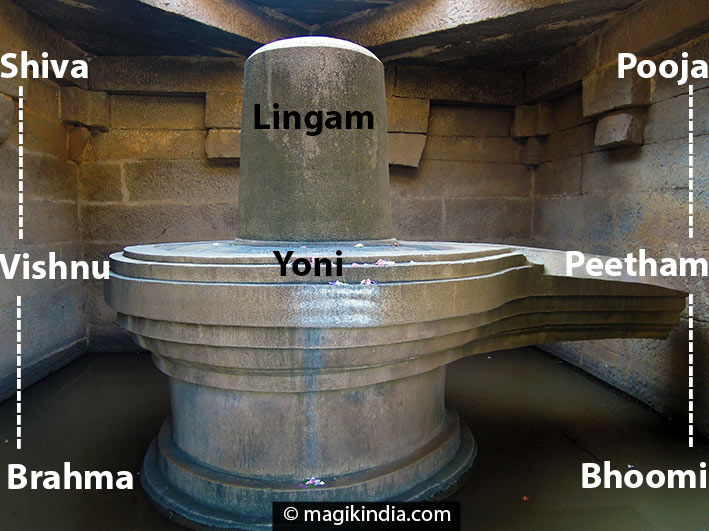 Shiva lingam is made up of three parts, representing the Trimurti (Bhrahma,Vishnu and Shiva). The part that touches the ground is called Brahma-Peetha and represents the creation of the universe. The middle part is the Vishnu-Peetha and preserves creation, while the top part, Shiva-Peetha, symbolises destruction or absorption.
Shiva lingam is made up of three parts, representing the Trimurti (Bhrahma,Vishnu and Shiva). The part that touches the ground is called Brahma-Peetha and represents the creation of the universe. The middle part is the Vishnu-Peetha and preserves creation, while the top part, Shiva-Peetha, symbolises destruction or absorption.
The Shiva-lingam as a pillar of light
The Shiva Purana describes the lingam as a pillar of light or fire whose base and top are unfindable. Lingams that symbolise this pillar of light are called Jyotir lingams. There are twelve in different parts of India and they are the most revered of all Shiva lingams.
The Siva Mahapurana, an ancient mythological and religious scripture, tells of a quarrel between Brahma the creator and Vishnu the preserver. Each claimed to be the Supreme Lord and a terrible battle ensued, plunging the universe in confusion and causing great distress to living creatures.
Shiva was moved by compassion and manifested in a blazing pillar of light, challenging Brahma and Vishnu to find the base and top of the pillar. Brahma took the form of a sign and vanished into the sky, hoping to see the top of the pillar. Vishnu took the form of a boar and dug down into the earth to find its base.
Neither could find what they were looking for. They came back exhausted and disoriented. At that moment, the central part of the pillar opened up and Shiva was revealed in all his glory. Brahma and Vishnu realised they were wrong and acknowledged Shiva as the Supreme Being.
The Jyotirlingams are located in places where Shiva appeared as a pillar of light. Each one bears the name of the deity that lives there; each of these deities represents a different aspect of Shiva and a different energy.
=> READ MORE ABOUT THE JYOTIRLINGAM
Swayambhu Lingams
Manusi lingams are man-made lingams whereas Swayambhu lingams are ‘self-created’ or natural lingams, discovered in the places where they now stand. Most of these are oval-shaped stones. In most cases they have not been moved, a temple having been built around them where they were found.
Swayambhu Banalingams
Banalingams are another type of Swayambhu lingams. They are found only in the bed of the River Narmada in Omkareshwar, Madhya Pradesh, and are thus also called ‘Narmada lingams’. Those lingams are shaped naturally by the river itself. Hindus consider these unique stones sacred because of their lingam shape but some also regard them as having special energy properties…
=> READ MORE ABOUT THE BANALINGAMS
The Shiva-lingam and the 5 elements
In Tamil Nadu and Andhra Pradesh, 5 Shiva-lingams represent the five prime elements of nature; water, air, ether, fire and earth.They are called “Pancha Bhoota Sthalas”. “Pancha” means five, “Bhoota”, elements and “Sthalas”, place. Those temple are:
- EARTH : Ekambareswarar Temple (Kanchipuram, Tamil Nadu)
- WATER : Jambukeswara Temple (Tiruchirapalli, Tamil Nadu)
- FIRE : Annamalaiyar Temple (Tiruvannamalai,Tamil Nadu)
- AIR /WIND : Sri Kalahasti Temple (SriKalahasti, Andhra Pradesh)
- ETHER / SKY : Chidambaram Temple (Chidambaram, Tamil Nadu)
=> READ MORE ABOUT THE PANCHA BHOOTA SHTALAS
[ Shiva-lingams throughout India ]
- Shiva Lingam (Pushkar lake)
- Sri Gopesvara Mahadeva Temple (Vrindavan)
- Matangeshwar temple (Khajuraho)
- Lingam – Mukteswara Temple (Bhubaneshwar)
- Harihara Lingam – Sidheswar Temple (Bhubaneshwar)
- Lingam – Parasurameswara temple (Bhubaneshwar)
- Grotte n°1 – Elephanta caves (Mumbai)
- Entrée de Durga Mandir (Varanasi)
- Varanasi
- Kandariya temple (Khajuraho ouest)
- Badavinlinga Temple (Hampi)
- Lingam – Parasurameswara temple (Bhubaneshwar)
- Varanasi
- Varanasi
- Khajuraho
- Tanjore (Tamil Nadu)
- Pushkar
- Varanasi
- Varanasi
- Neelkhanth Mahavev Temple
- Tanjore – 1008 lingams
- Tanjore




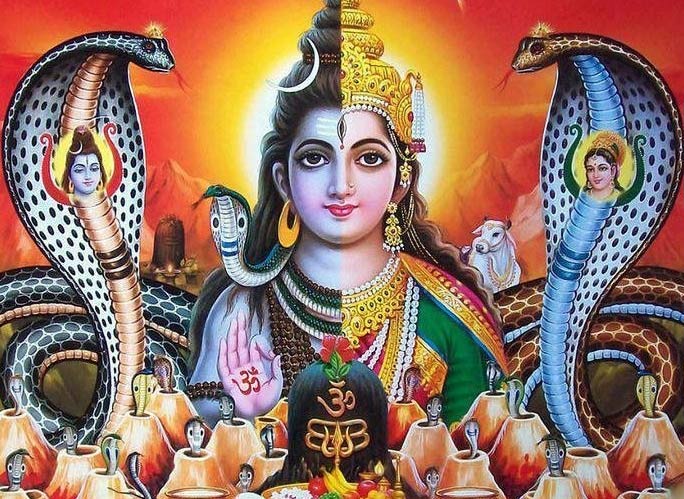
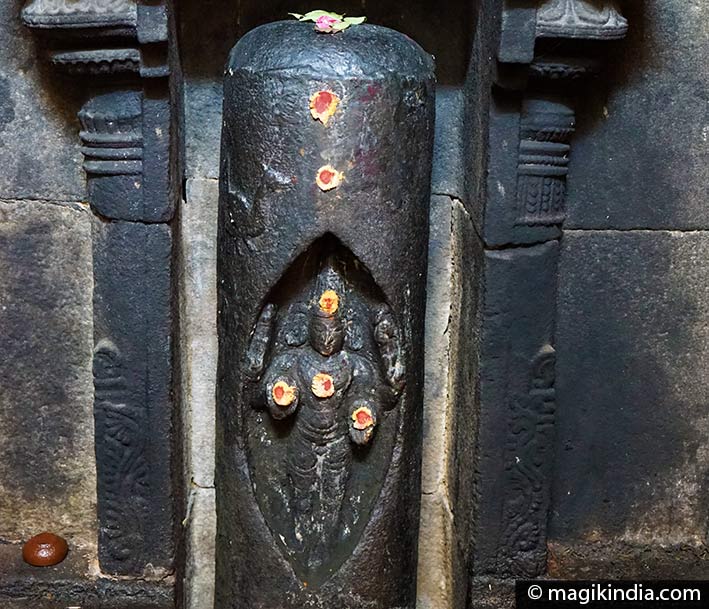
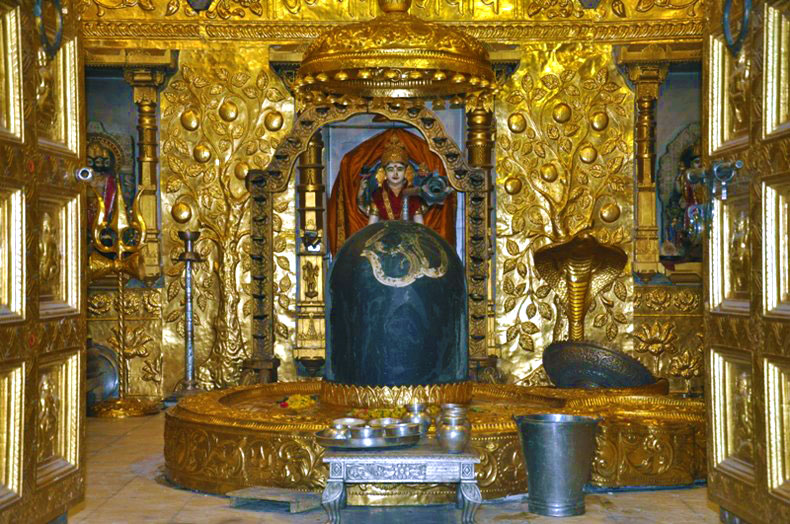
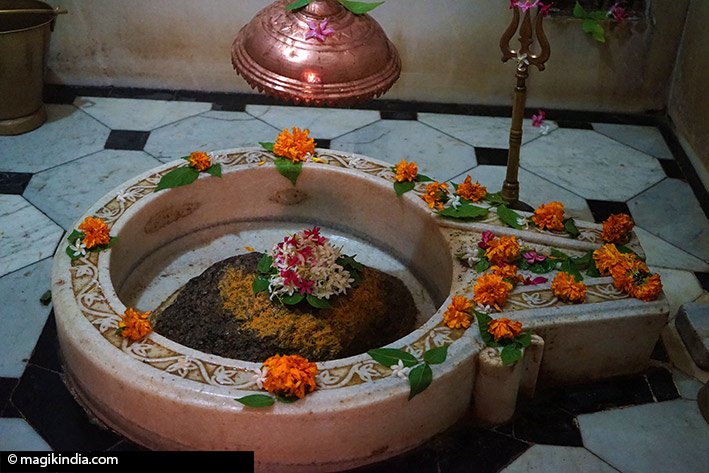

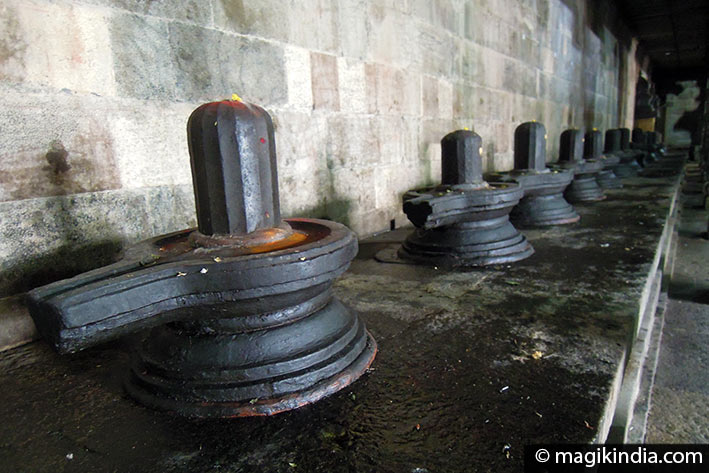
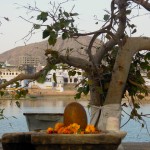
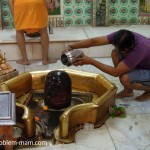
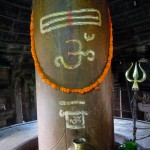
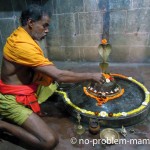
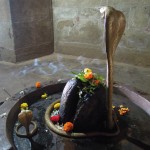
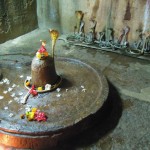
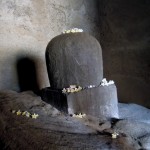
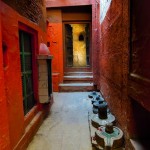
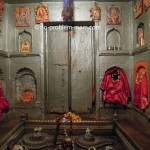
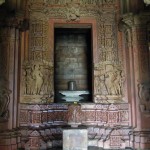
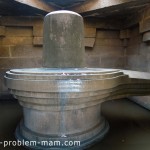
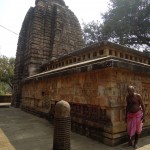
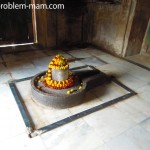
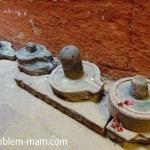
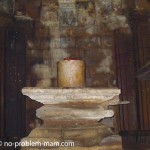
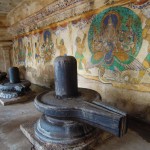
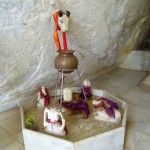
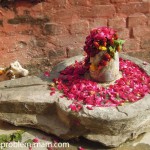
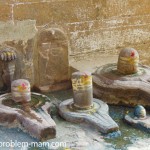
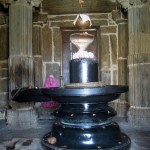
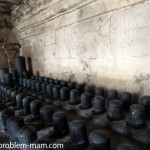

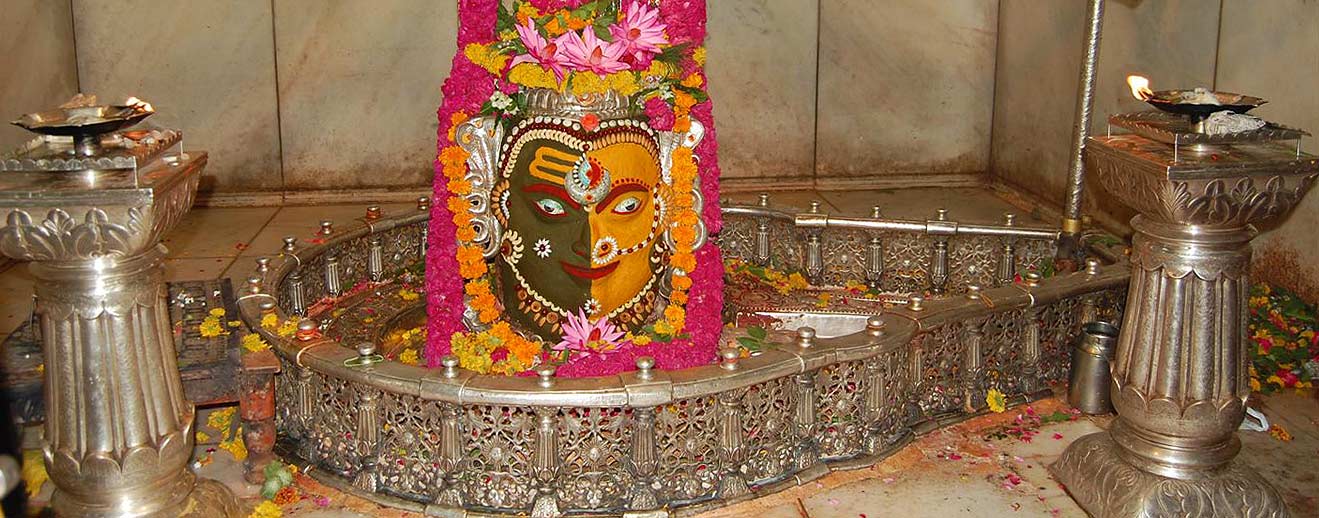
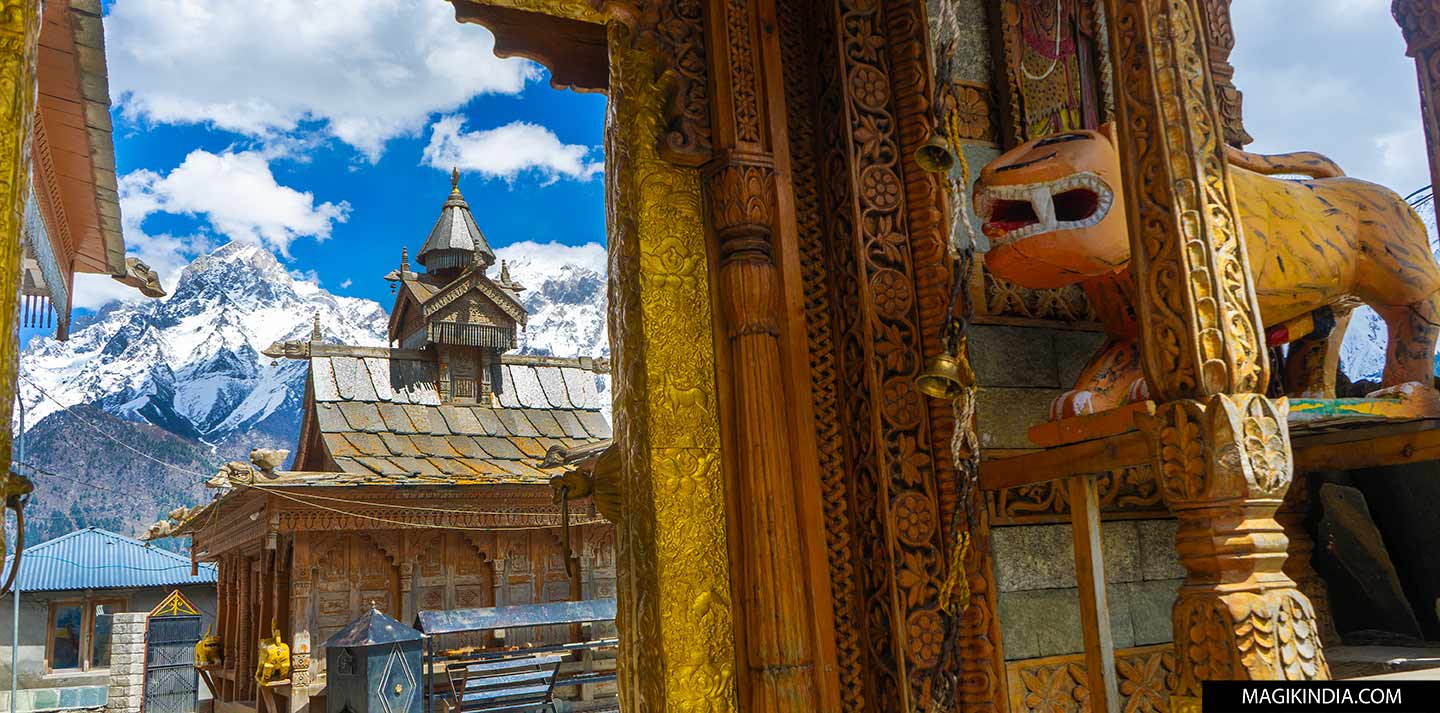
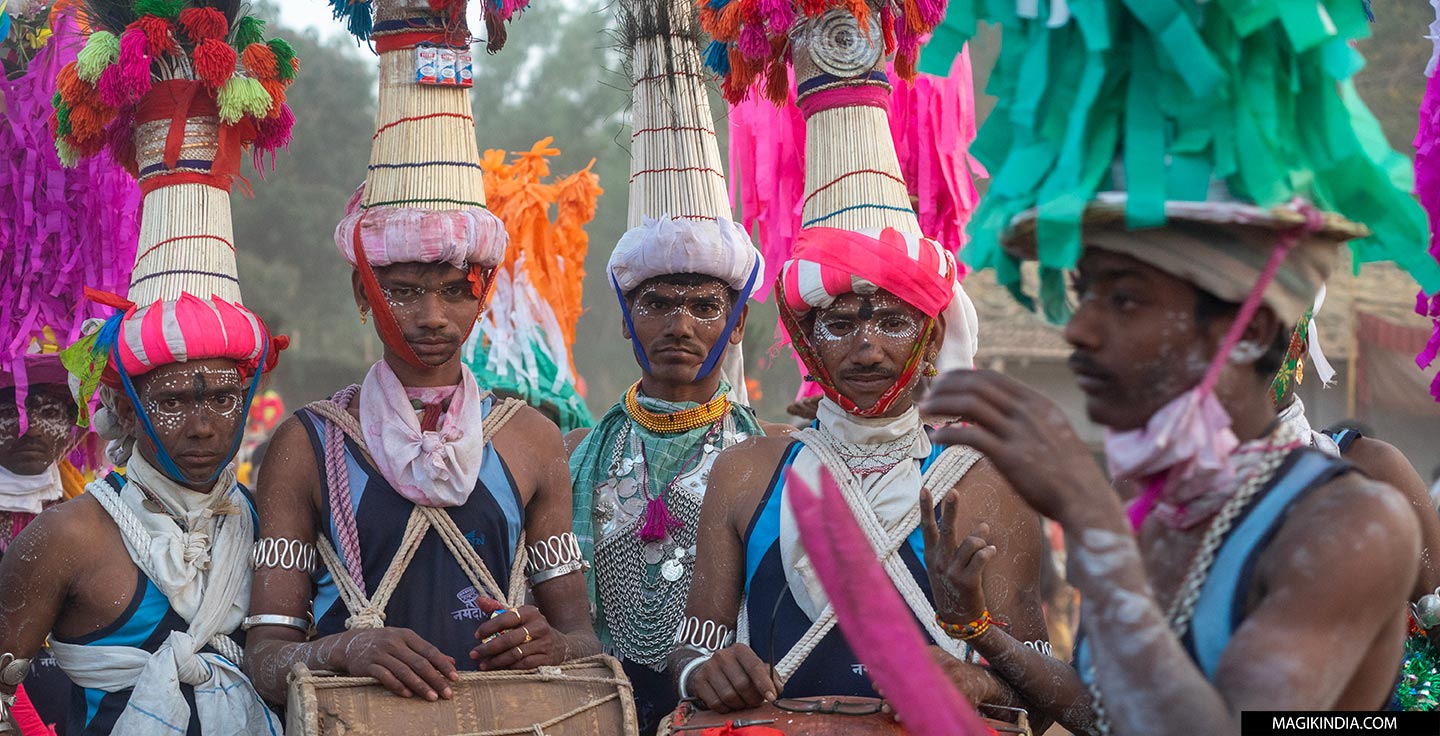
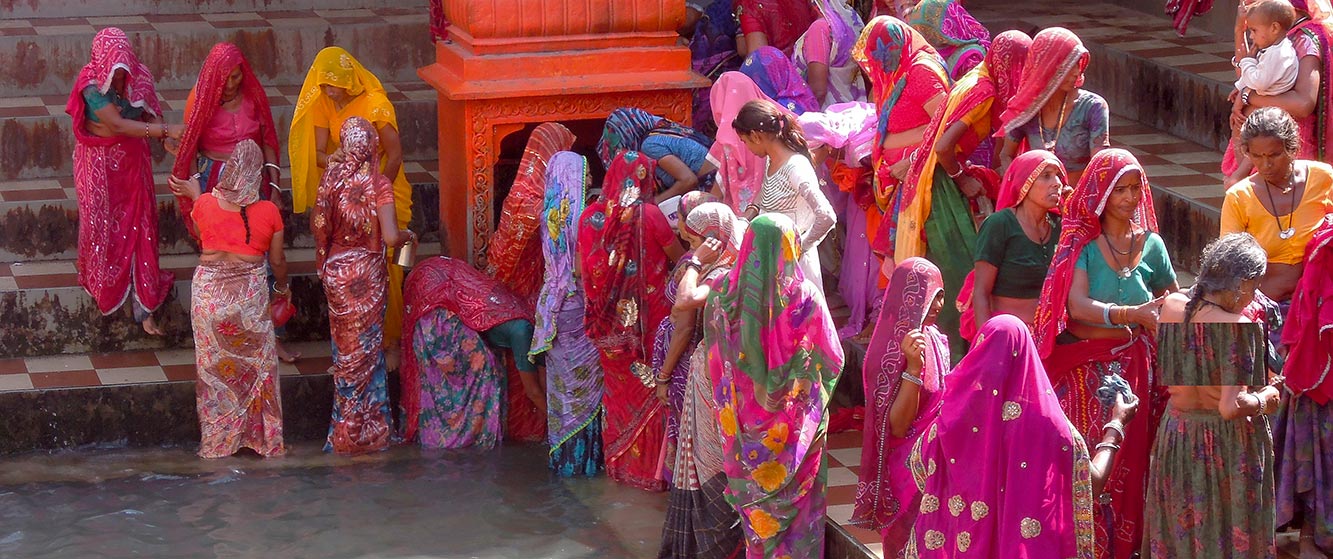
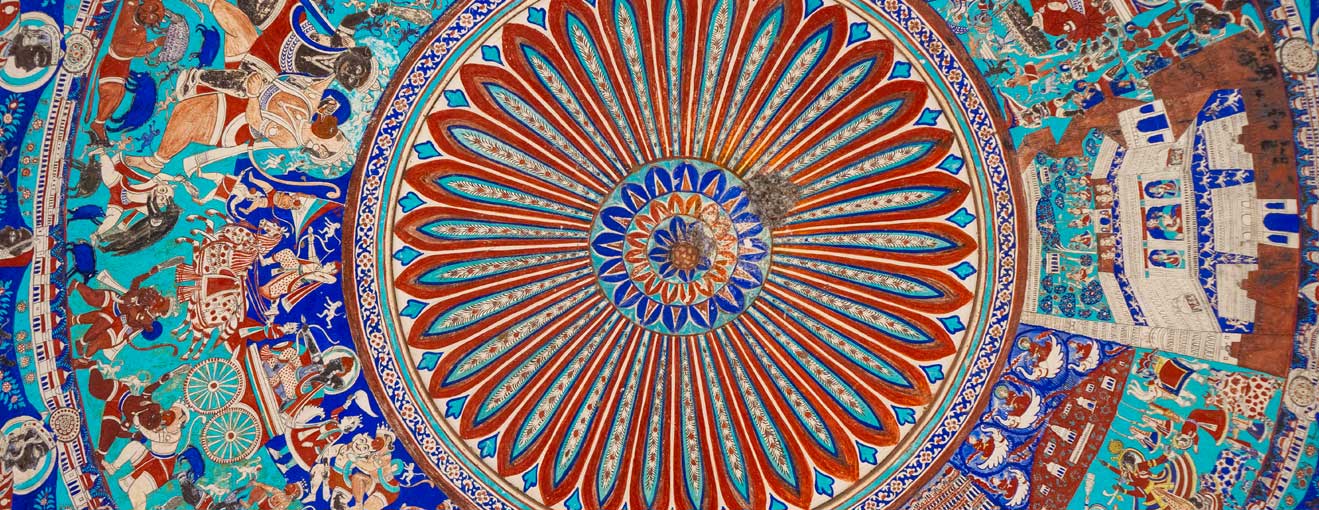
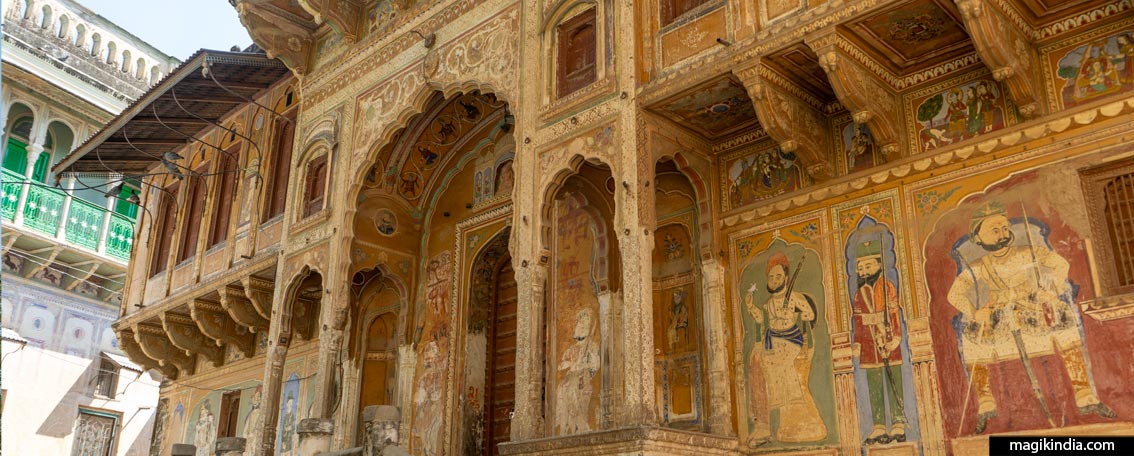
Hi,
I’d like to use someof the lingam images on your webpage here as part of an illustration montage for a book I am writing on Hinduism. May I have your consent by email conformation.
Thank you
Dear Shankar, thanks for your message. I usually don’t allow the use of my pictures. Sorry for that. Namaskaram.
Hi
I am willing to pay a reasonable sum of money for usage of 3 of your images or make a donation. Would that change your mind? Thank you.
Hi again, it’s not a question of money. These pics are exclusive to my brand. Hope you understand. regards
And of course, accredit your name and website in my book.
Enjoyed the article very much, photos and links useful. Some in French which unfortunately I don’t fully understand. Very Interesting ..India
Hi Rai, thanks for your message. yes sorry we have some link problems on the English version.regards, mathini
Thanks for this wonderful article ! I learnt a lot !
Thanks Lisa 🙂
Shiv Linga shown as inserted in yoni is a symbol of bliss. It denotes what Nature means, i. e., Linga is meant for Yoni. A state of bliss is the result when Linga is inside the Yoni.
yes it’s only one explanation but not only 🙂
Ek dom thik
I have been studying about Shiva Lingam. Where could I find a reputable merchant who sells Lingam?
Hi DG, sorry I don’t know about reputable merchant of lingam 🙂
Hi if you are seriously interested in buying of Shivalinga then please do whatsapp me at 9060989795 i can give you the right person dealing in this for more than 30 years.
Thanks for the link 🙂